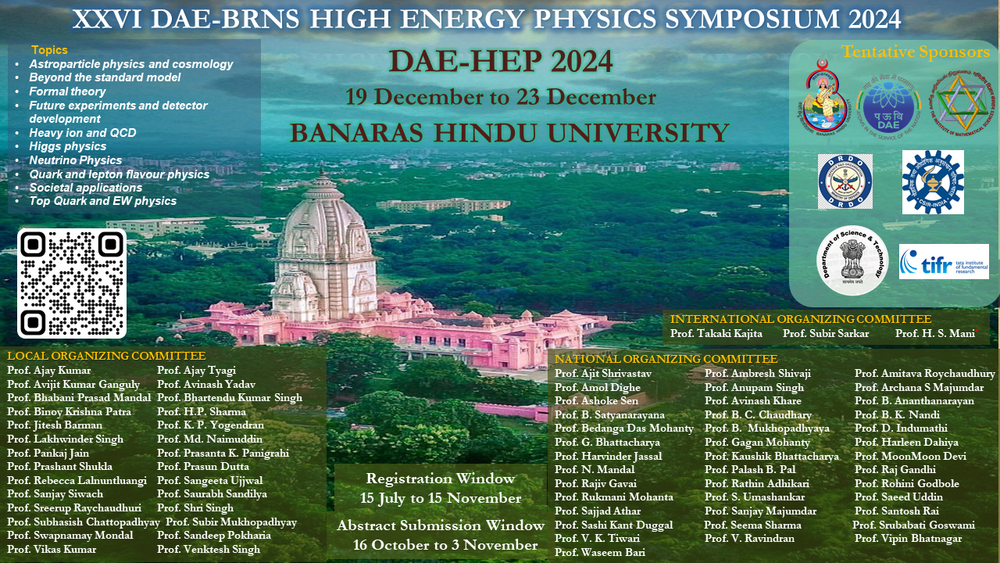Speaker
Description
Accurate determination of the nuclear composition and energy spectrum of primary cosmic rays, particularly in the region around the knee ($\sim3$ PeV), is crucial for understanding their origin, acceleration mechanisms, and interactions with the interstellar medium. The GRAPES-3 experiment, located in Ooty, India, utilizes a dense array of plastic scintillator detectors, along with a large-area tracking Muon Telescope, to observe cosmic rays over a wide energy range, from several TeV to $\sim10$ PeV. In this work, we employ multivariate analysis techniques, particularly Boosted Decision Trees (BDTs), to classify light cosmic ray primaries---specifically protons and helium from heavier nuclei. To further disentangle protons from helium nuclei, we propose a second classifier optimized for this task. After training and validating our models on Monte Carlo simulation data, we will apply them to GRAPES-3 observational data to extract the relative composition of the primaries and probe their corresponding energy spectra. This analysis aims to provide new insights into the mass composition and energy distribution of cosmic rays around the knee region, contributing to the understanding of their astrophysical origins and propagation.
| Field of contribution | Experiment |
|---|

